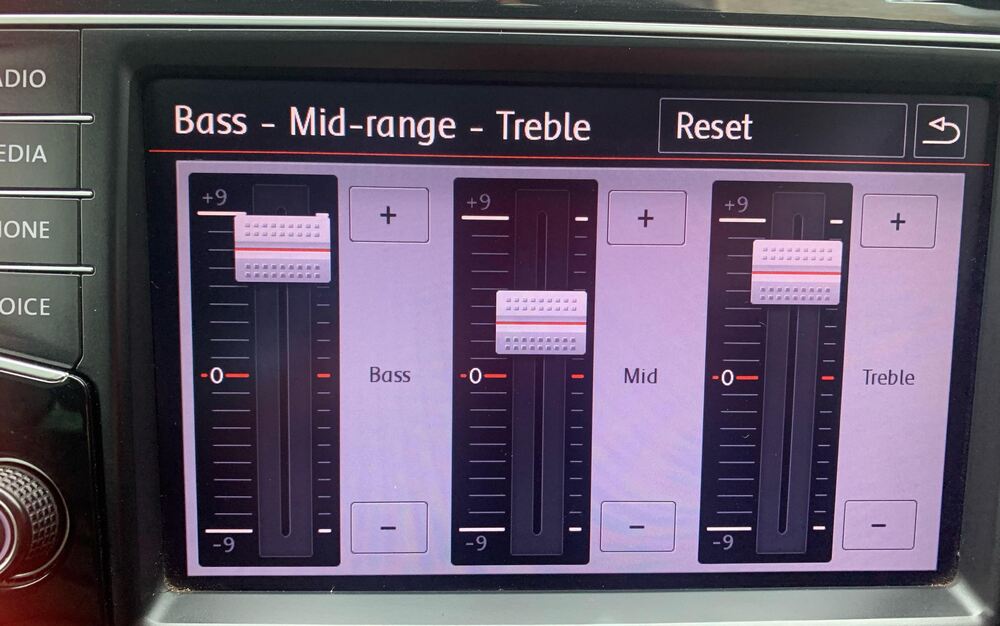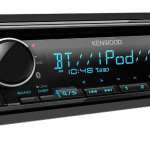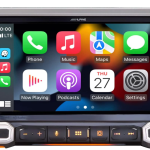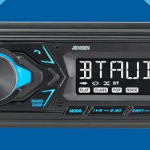When it comes to car audio systems, achieving the perfect sound is a matter of balance. One crucial element in this pursuit is understanding what should bass and treble be set at in car. Properly configuring these settings can significantly enhance your listening experience and ensure that your favorite tunes sound their best. In this article, we will delve into the optimal bass and treble settings for your car, helping you unlock the true potential of your audio system.
The Importance of Balanced Audio
Achieving balanced audio in your car is crucial for an immersive and enjoyable listening experience. When the audio is balanced, it means that the different frequency ranges, including the bass and treble, are harmoniously blended without overpowering one another.
Balanced audio allows you to hear all the musical elements in their intended proportions. It ensures that the bass is deep and powerful, enhancing the rhythm and impact of the music, while the treble is clear and crisp, bringing out the intricate details of instruments and vocals. When these elements are properly balanced, you can fully appreciate the richness and depth of your favorite songs.
Moreover, balanced audio prevents any particular frequency range from dominating the soundstage. If the bass is too loud, it can drown out other frequencies, resulting in a boomy or muffled sound. On the other hand, excessive treble can make the sound shrill and fatiguing to the ears. By achieving a balance between the bass and treble, you ensure that all frequencies work together harmoniously, creating a more natural and pleasing sound signature.
Ultimately, balanced audio allows you to experience music as it was intended by the artists, capturing the nuances and emotions within each track. It enhances the overall clarity, dynamics, and spatial imaging, making your car audio system a true auditory delight.
Understanding Bass and Treble
Bass and treble are two fundamental components of audio that play a significant role in shaping the overall sound quality. Understanding these terms is essential for achieving optimal audio settings in your car.
Bass refers to the lower frequency range of sound, typically ranging from around 20 Hz to 250 Hz. It encompasses deep and powerful tones, such as the rumble of a bass guitar or the thump of a kick drum. Adjusting the bass settings allows you to control the impact and depth of these low-frequency sounds.
Treble, on the other hand, represents the higher frequency range, typically ranging from around 2 kHz to 20 kHz. It includes the crispness and clarity of instruments like cymbals, vocals, or higher-pitched melodies. Tweaking the treble settings enables you to emphasize or tone down the brightness and detail of these high-frequency sounds.
By understanding bass and treble and their respective ranges, you can fine-tune your car’s audio system to enhance specific aspects of the music. Striking the right balance between the two ensures that neither frequency range overpowers the other, resulting in a well-rounded and pleasing audio experience.
Setting the Bass Level
Setting the bass level in your car audio system is essential for achieving a rich and well-rounded sound. Here are some guidelines to help you find the optimal bass setting:
- Start with a neutral or flat position: Begin by setting the bass control knob or equalizer settings at a neutral position. This ensures that you have a baseline to work with and prevents any excessive bass from the outset.
- Gradually increase the bass: Slowly increase the bass level while playing a song that you’re familiar with. Pay attention to the impact and depth of the bass notes. Avoid going to extreme levels that can result in overpowering or boomy bass.
- Consider the music genre: Different music genres have varying levels of bass emphasis. For genres like hip-hop or electronic music, a slightly higher bass setting may be preferred, while for genres like classical or jazz, a more balanced and moderate bass level is suitable.
- Listen for balance: As you adjust the bass, listen for a balance between the bass frequencies and the rest of the audio spectrum. The bass should complement the overall sound without overpowering other elements, such as vocals or instrumentals.
By gradually adjusting the bass level and considering the music genre, you can find the sweet spot that provides depth and impact while maintaining a balanced audio experience in your car. Remember, personal preference and the specific characteristics of your audio system can also influence the ideal bass setting.
Fine-Tuning the Treble
Fine-tuning the treble in your car audio system is crucial for achieving clarity and detail in high-frequency sounds. Here are some tips to help you find the optimal treble setting:
- Start with a neutral position: Set the treble control knob or equalizer settings at a neutral position as a starting point. This ensures that you have a baseline reference for adjusting the treble.
- Gradually increase the treble: Slowly increase the treble level while playing a familiar song. Pay attention to the crispness and clarity of instruments, vocals, and high-frequency elements. Avoid going to extreme levels that can result in harsh or piercing treble.
- Consider the music genre and personal preference: Different music genres may benefit from varying levels of treble emphasis. For example, genres like classical or acoustic may require a slightly higher treble setting to bring out intricate details, while genres like rock or electronic may benefit from a more balanced or slightly toned-down treble.
- Listen for balance: As you adjust the treble, listen for a balance between the high-frequency elements and the rest of the audio spectrum. The treble should enhance clarity and detail without causing any distortion or discomfort.
By gradually adjusting the treble level, considering the music genre, and listening for balance, you can find the optimal setting that enhances the audio quality and brings out the desired level of detail in your car’s sound system. Remember, personal preference and the specific characteristics of your audio system can also influence the ideal treble setting.
Testing and Adjusting Your Settings
Once you’ve set your bass and treble levels, it’s essential to test them with a variety of songs across different genres. Listen closely to the sound quality and make further adjustments if necessary. Pay attention to any excessive booming or muddiness in the bass or any harshness or lack of detail in the treble. Continuously fine-tune the settings until you achieve a well-balanced and satisfying audio experience.
Additional Tips for Optimal Sound Quality
- Consider the acoustics of your car’s interior and how it affects sound reproduction. Experiment with adjusting the settings to compensate for any resonance or reflections.
- Avoid extreme settings for bass and treble, as they can lead to distorted sound or damage to your speakers.
- Keep in mind that the quality of your audio source, such as the music file or streaming service, can impact the overall sound quality. Opt for high-quality audio files whenever possible.
- Regularly check your speaker and audio system settings to ensure they are in optimal condition.
Conclusion
What should bass and treble be set at in car? Finding the perfect bass and treble settings for your car audio system is a personal journey that requires experimentation and fine-tuning. Balancing the bass and treble levels is crucial for achieving optimal sound quality and a satisfying listening experience. By understanding the roles of bass and treble and making gradual adjustments, you can create a harmonious blend of frequencies that brings out the best in your favorite music. Remember to regularly test and refine your settings, considering the acoustics of your car and your personal preferences. With balanced audio, you can unlock the true potential of your car’s audio system and enjoy music like never before.









